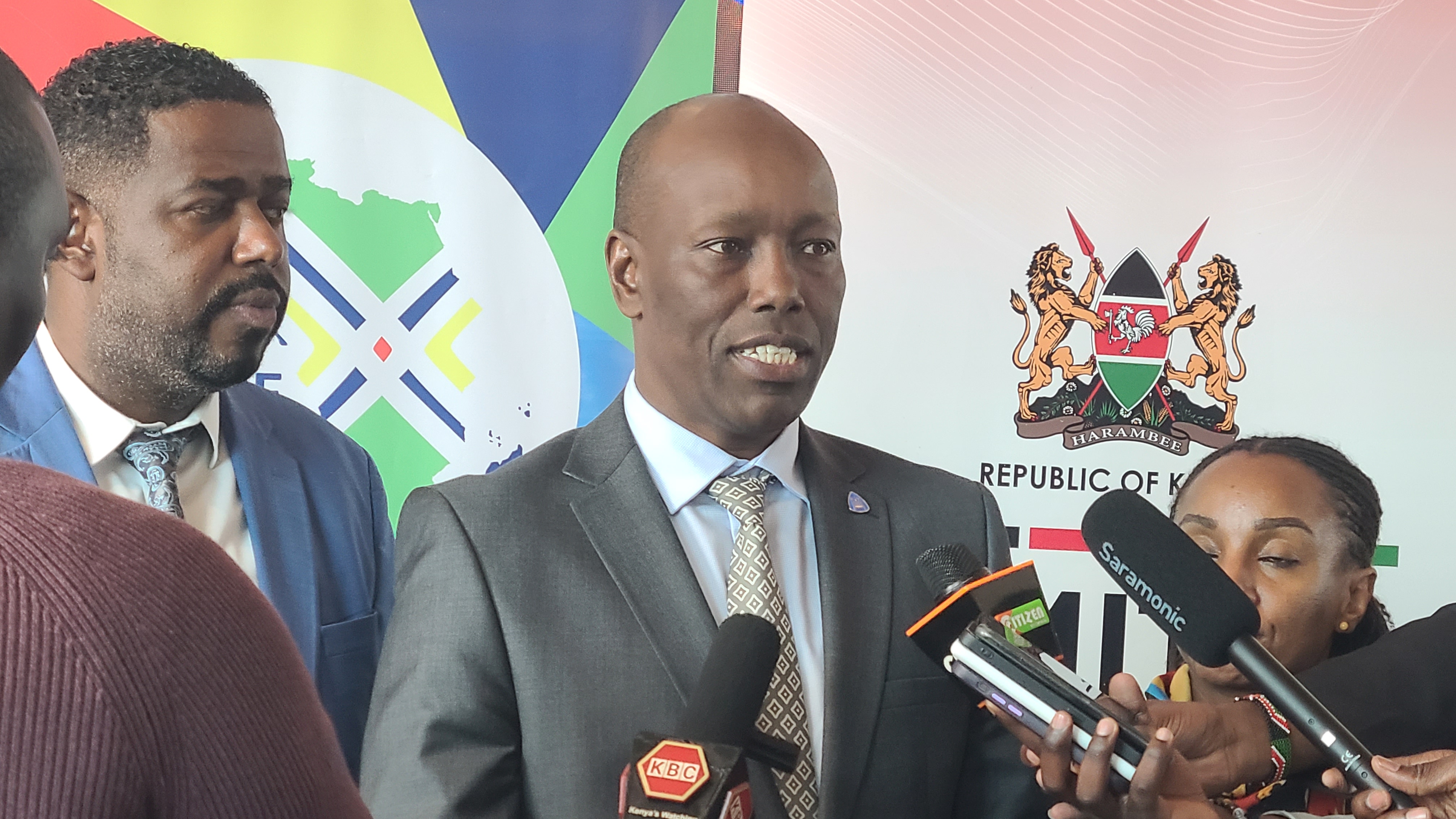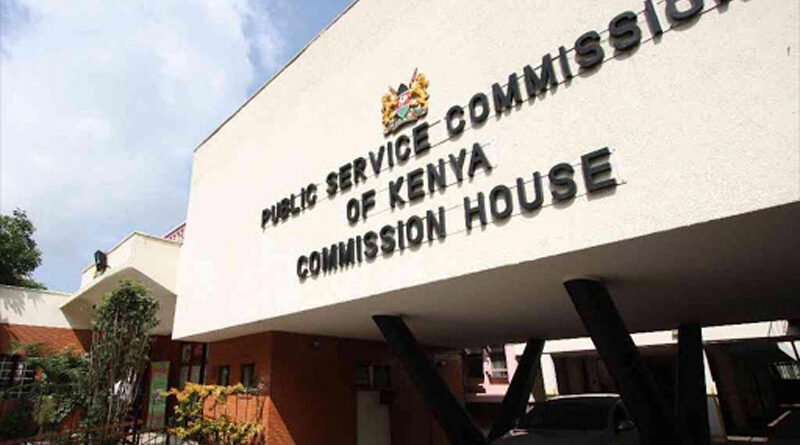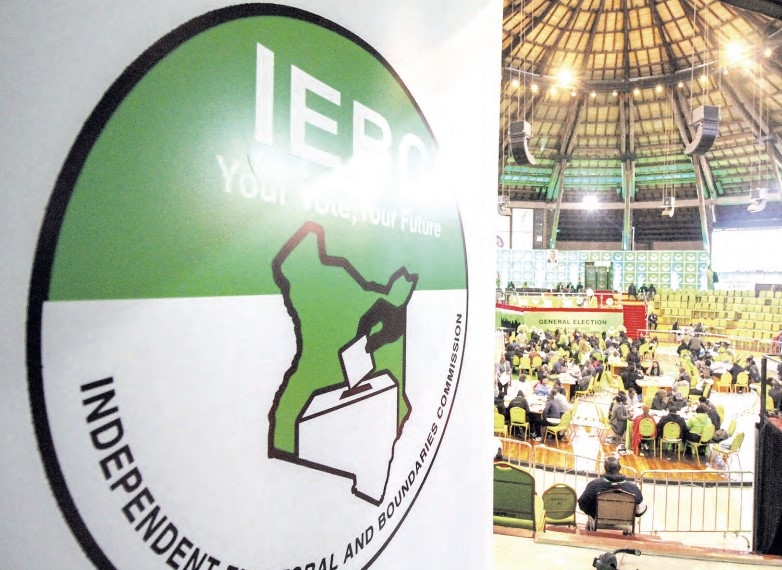
Kenya's uneven infrastructure development is emerging as one of the biggest obstacles to balanced economic growth, according to the new index released by the Ministry of Investments, Trade and Industry.
The inaugural County Competitiveness Index (CCI) 2024 report, shows that disparities in transport, energy and digital infrastructure continue to hinder counties’ ability to attract investment, stimulate trade and create jobs.
The survey developed in partnership with TradeMark Africa and funded by the European Union, shows that while top-performing counties such as Nairobi, Kiambu and Nakuru benefit from well-developed road networks, reliable electricity supply and strong connectivity, many others particularly in the north-eastern and coastal regions remain hampered by poor infrastructure.
Intermediately competitive counties, such as Nakuru, Machakos and Embu, displayed balanced strengths across multiple domains, without consistently attaining the topmost values seen in the top-performing counties.
Counties including Wajir, Tana River, Marsabit and Garissa ranked among the least competitive, largely due to limited access to key enablers such as power, roads and broadband internet.
According to officials the report seeks to bridge this divide in investments and map the different areas where investors can set up projects for uniform development across the country.
"What may appear as a missing link in a county is, in fact, an opportunity for investment. The report contains valuable insights that both the private sector and government can use to enhance the competitiveness of individual counties,” said MITI Cabinet Secretary Lee Kinyanjui.
From the findings counties with efficient transport systems and energy access have a distinct advantage in attracting private sector investment and supporting enterprise growth.
“Infrastructure is at the heart of competitiveness,” the report notes. “Without it, counties struggle to connect to national and regional markets, limiting their economic potential.”
According to the CCI, productive infrastructure was one of six key pillars used to assess competitiveness alongside governance, economic development, human capital, business efficiency and climate and environment.
The data shows that counties with robust infrastructure tend to perform better across multiple domains, creating a virtuous cycle of investment and innovation.
The Ministry recommends accelerated infrastructure investments especially in transport corridors, energy generation and digital connectivity as essential to unlocking regional competitiveness.
It also calls for stronger collaboration between national and county governments to ensure equitable resource allocation and project implementation.
“This is Kenya’s first attempt to create a subnational competitiveness index comparable to global benchmarks, effectively localising the concept of ease of doing business to the realities of devolution. The CCI appreciates the development we have achieved so far, but more importantly, it points to where the next opportunities lie,” said TradeMark Africa Kenya Country Director Lillian Mwai-Ndegwa.
Experts warn that unless the infrastructure gap is addressed, some counties risk being left behind in the country’s growth trajectory.
Counties rich in natural and human capital, particularly in arid and semi-arid regions, are highlighted as Kenya’s new frontiers of opportunity.
These areas, endowed with renewable energy potential, climate-smart agricultural capacity and strategic trade locations, present significant prospects for investors, policymakers and development partners.
By leveraging the findings of the Index, MITI, KenInvest and partners will convene county representatives to enhance investor readiness and help each county articulate its comparative advantage.
“Counties that can move goods, people and data efficiently will lead Kenya’s next growth phase. Bridging infrastructure disparities is not just about catching up — it is about securing Kenya’s competitiveness in the long term,” the report notes.
The CCI report points out that Kenya’s competitiveness is administratively strong but entrepreneurially fragile, signalling the need to strengthen business efficiency, innovation and access to finance.
It also identifies green investment, governance quality and infrastructure connectivity as key catalysts for inclusive growth.












